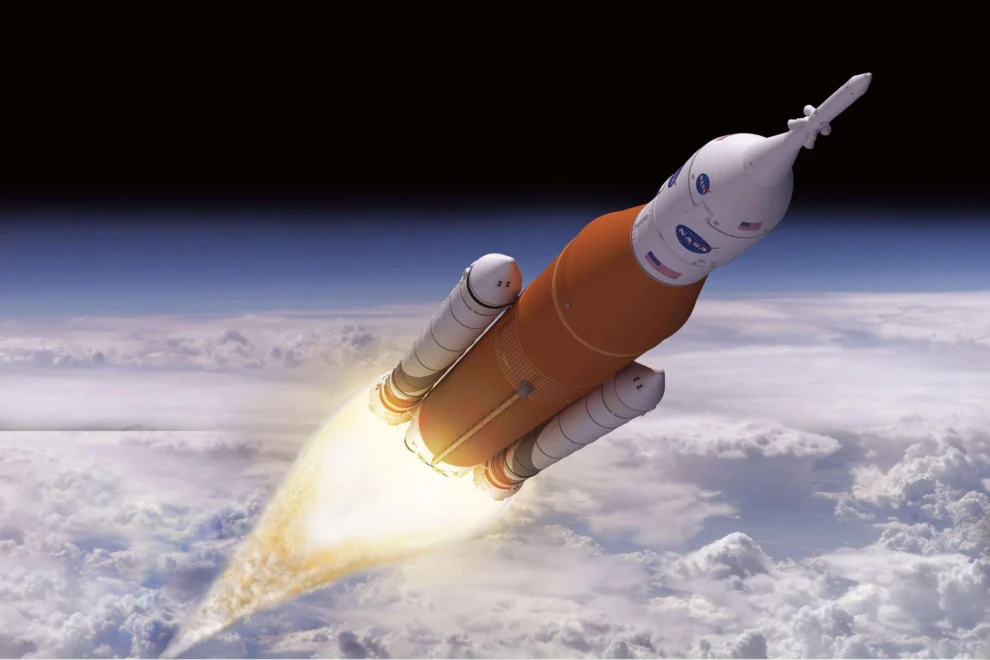In a significant advancement for commercial spaceflight, Sierra Space’s Dream Chaser, the world’s only commercial spaceplane, has embarked on its final testing phase at NASA’s Neil Armstrong Test Facility in Sandusky, Ohio. This milestone marks a critical juncture in the spacecraft’s journey towards its inaugural mission to the International Space Station (ISS) slated for 2024, underlining a new era of space exploration and commercialization.
Key Highlights:
- Dream Chaser has been delivered to NASA’s Neil Armstrong Test Facility for final testing.
- The spaceplane will undergo rigorous environmental testing to simulate the harsh conditions of space.
- Dream Chaser is designed for high reusability, with expectations of a minimum of 15 missions per system.
- It is selected by NASA for cargo delivery to the ISS under the Commercial Resupply Services-2 (CRS-2) contract.
- The spacecraft will land on commercial runways globally, ensuring quick payload access upon return.
The Final Countdown to Launch
Sierra Space has successfully transported the first Dream Chaser spaceplane, named Tenacity, to undergo a comprehensive testing campaign at the Neil Armstrong Test Facility. This series of tests is crucial to validate the spacecraft’s durability against the rigors of launch and the vacuum of space. Dream Chaser, alongside its cargo module Shooting Star, will face the world’s most potent spacecraft shaker table and endure environmental simulations to mimic the extreme conditions experienced during space missions.
Dream Chaser: A Leap Towards Space Commercialization
The Dream Chaser spaceplane represents a pivotal leap forward in space transportation, offering a reusable, reliable, and flexible solution for both cargo and crew missions to low Earth orbit (LEO). Its unique capabilities include landing on global commercial runways, fully autonomous operations, and a green hydrogen peroxide-based propulsion system. The spacecraft’s design prioritizes the safety of science, cargo, and crew through low G landings and rapid payload access post-mission. A second vehicle, Reverence, is already in production, highlighting Sierra Space’s commitment to expanding its fleet for a variety of space missions.
NASA’s Role in the Journey
The collaboration between Sierra Space and NASA underscores the growing trend of public-private partnerships in the space sector. NASA’s Neil Armstrong Test Facility offers unparalleled resources for testing space-bound technologies, providing environments that closely replicate the conditions of space. This support is vital for preparing Dream Chaser for its role in NASA’s commercial resupply services to the ISS, alongside other contractors like SpaceX and Northrop Grumman.
The Future is Now: Dream Chaser’s Impact
Dream Chaser’s approach to spaceflight is not just about fulfilling resupply missions to the ISS. Its design and operational capabilities open new possibilities for space research, manufacturing, and potentially human spaceflight. The spacecraft’s ability to act as an independent orbiting science platform for up to six months presents an untapped potential for groundbreaking research and commercial opportunities in microgravity environments.
As Dream Chaser gears up for its historic flight, the spaceplane stands as a testament to the ingenuity and resilience of modern space exploration efforts. Beyond its immediate missions, Dream Chaser embodies the promise of a future where space is not only a destination for exploration but also a canvas for innovation and commercial opportunity. The successful completion of its final testing phase will not only mark a significant achievement for Sierra Space but also for the broader space industry, signaling the dawn of a new era in space commercialization.



















